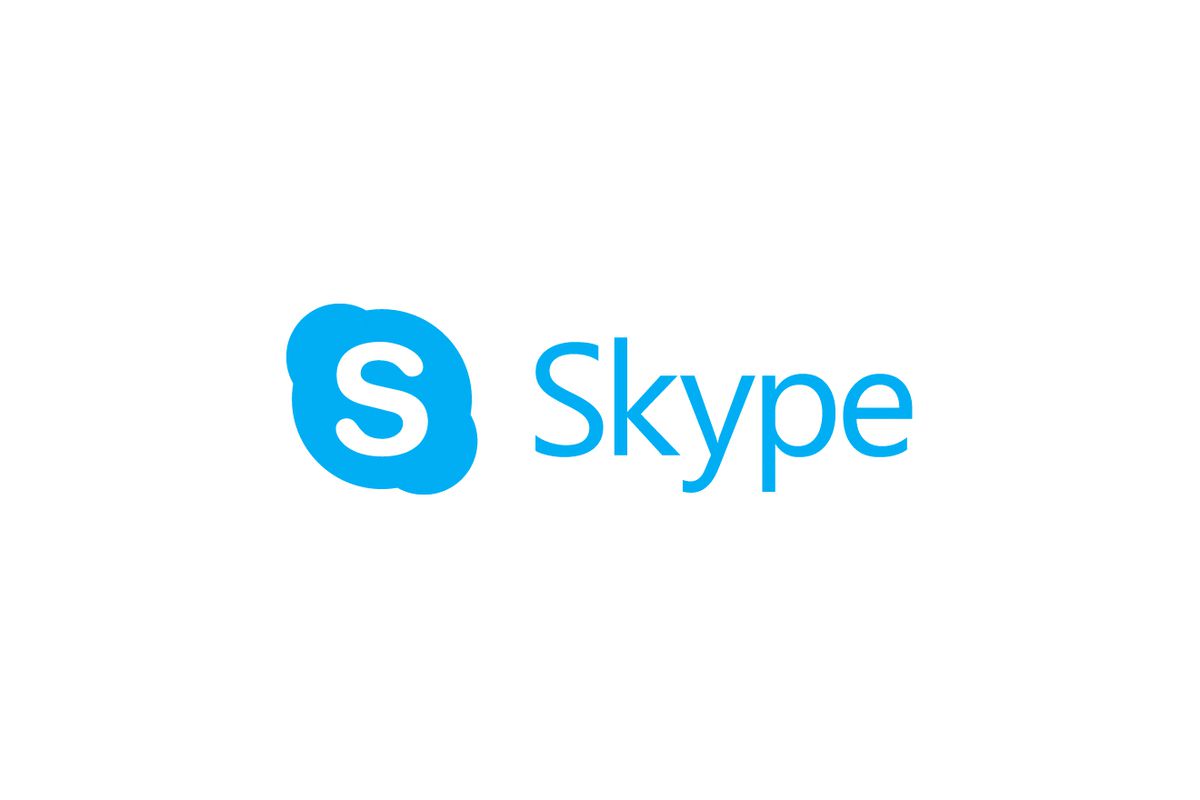Description
About this On Demand Course
The Microsoft on-demand product is an integrated on-line training experience that includes video, labs, exercises, text and knowledge checks. Attendees experience all of this through an on-demand course player.
What’s included?
- Access to the official Microsoft Video on Demand Course for 90 days from the point of first access, allowing you to start and stop when you need to.
- Lab access for 3 months from start of access.
- Digital edition of the Microsoft Official Curriculum (DMOC) manual for reference throughout your course. All DMOC come with fresh editions so your courseware will always be up to date.
- MCT Support via our Microsoft Training Support Yammer Group (you will be invited to the group after registration)
The content is based on the same official courseware we use in our instructor-led training, and videos feature engaging experts hand-selected by Microsoft. Unlike other on-demand offerings that offer simulated labs, MOC On-Demand gives you a live, real-time environment for hands-on training.
Course Overview
This course teaches IT professionals how to plan, deploy, configure, and administer a Microsoft Skype for Business 2015 solution. Students will learn how to deploy a multi-site and highly available Skype for Business infrastructure that supports instant messaging, conferencing, persistent chat, archiving, and monitoring. Students will also learn how to manage, maintain, and troubleshoot issues in the infrastructure. This course focuses primarily on the on-premises deployment of Skype for Business, but does include information on how to integrate the on-premises deployment with Skype for Business Online as well as how to migrate from previous versions of Lync Server. This course helps the student prepare for Exam 70-334.
Audience profile
This course is intended for IT professionals who are responsible for the Skype for Business deployment in their organizations. Experience with previous versions of Lync Server is beneficial but not required to take this course. Students should be proficient with Active Directory Domain Services, data networks, and telecommunications standards and components that support the configuration of Skype for Business. Students should also be familiar with Exchange Server and Office 365.
Also, IT professionals who are looking to take the exam 70-334A: Core Solutions of Skype for Business 2015, as a stand-alone, or as part of the requirement for the MCSE: Communications certification will take this course as preparation material.
Prerequisites
- In addition to their professional experience, students who attend this training should already have the following technical knowledge:
- Minimum of two years of experience administering Windows Server, including Windows Server 2008 R2 or Windows Server 2012
- Minimum of two years of experience working with Active Directory
- Minimum of two years of experience working with name resolution, including DNS
- Experience working with certificates, including PKI certificates
- Experience working with Windows PowerShell
- Understanding of data networks and telecommunications standards and components
At course completion
After completing this course, students will be able to:
- Describe the architecture of Skype for Business 2015 and design a Skype for Business 2015 topology.
- Install and implement Skype for Business Server 2015.
- Administer and manage Skype for Business Server 2015 by using the various available tools.
- Design and implement clients and users in Skype for Business 2015.
- Implement conferencing in Skype for Business 2015.
- Design and implement additional conferencing options.
- Design and implement monitoring and archiving in Skype for Business 2015.
- Design and implement connectivity for external users and organizations.
- Design and implement Persistent Chat in Skype for Business 2015.
- Design and implement high availability in Skype for Business 2015.
- Design and implement disaster recovery scenarios for Skype for Business 2015.
- Design and deploy Skype for Business hybrid.
- Design and implement an upgrade from Lync to Skype for Business 2015.
Module 1: Designing the Skype for Business 2015 Topology
This module describes the high level components and features of Skype for Business 2015 and the purpose of the various Skype for Business administrative tools. It also explains the main components of Skype for Business Online and coexistence with on-premises Skype for Business Servers.
Lesson
Skype for Business 2015 Overview
Skype for Business Administrative Tools
Skype for Business Online
Lab: Designing and Publishing a Skype for Business 2015 Topology
Module 2: Installing and Implementing Skype for Business Server 2015
This module helps you to identify the external dependencies for Skype for Business Server 2015. It also explains how to plan SIP domains to ensure a successful implementation. Further, it describes how to install Skype for Business Server 2015 and how it integrated with Exchange Server and SharePoint Server.
Lesson
Server and Service Dependencies
Planning SIP Domains
Installing Skype for Business Server 2015
Integrating Skype for Business Server 2015 with Exchange Server and SharePoint Server
Lab: Configuring DNS for Skype for Business 2015
Lab: Deploying Skype for Business Server 2015
Installing and Configuring Skype for Business Server 2015
Installing Skype for Business Certificates
Configuring Exchange Server Integration
Module 3: Administering Skype for Business Server 2015
This module explains how to use the Skype for Business Control Panel and Skype for Business Management Shell. It also explains how to create useful Skype for Business scripts and implement Role Based Access Control in Skype for Business. Additionally, this module explains how to use important Test cmdlets and various tools to troubleshoot Skype for Business 2015.
Lesson
Skype for Business Control Panel
Skype for Business Management Shell
Scripting in the Skype for Business Shell
Implementing Role Based Access Control (RBAC)
Using the Test Cmdlets
Tools for Troubleshooting Skype for Business 2015
Lab: Using Administrative Tools to Manage Skype for Business Server 2015
Lab: Using Tools to Troubleshoot Skype for Business Server 2015
Module 4: Configuring Users and Clients in Skype for Business 2015
This module explains how to configure users for Skype for Business. It also explains how to deploy Skype for Business 2015 clients and configure client policies. It explains the authentication and sign-in process for the clients. It also describes how to configure the server settings that impact Skype for Business and how to generate and distribute the Skype for Business Address Book.
Lesson
Configuring Users
Deploying Skype for Business 2015 Clients
Sign In, Registration, and Authentication
Configuring Skype for Business Client Policies
Configuring Skype for Business Server 2015 Settings
Managing the Skype for Business Address Book
Lab: Configuring Users and Clients in Skype for Business 2015
Lab: Configuring Policies and the Address Book in Skype for Business 2015
Module 5: Configuring and Implementing Conferencing in Skype for Business 2015
This modules explains the features for conferencing in Skype for Business 2015. It also explains how to integrate the Office Web Apps Server with Skype for Business 2015. It then explains how to design and implement simple URLs. Further, it describes the bandwidth requirements of the conferencing codecs and explains how to configure the conferencing settings of Skype for Business Server 2015.
Lesson
Conferencing Features and Modalities
Integrating Skype for Business 2015 with Office Web Apps Server
Namespace Planning
Bandwidth Planning
Configuring Conferencing Settings
Lab: Installing and Configuring the Office Web Apps Server
Lab: Configuring Conferencing in Skype for Business Server 2015
Module 6: Implementing Additional Conferencing Options in Skype for Business Server 2015
This module explains the conferencing lifecycle and the implementation of audio/video and Web conferencing policies. It also explains how to design and configure dial-in conferencing and large and broadcast meetings. It also explains how to configure a Lync Room System.
Lesson
Conferencing Lifecycle
Designing and Configuring Audio/Video and Web Conferencing Policies
Deploying Dial-in Conferencing
Configuring a Lync Room System
Configuring Large and Broadcast Meetings
Lab: Implementing a Conferencing Policy
Lab: Configuring Additional Conferencing Modalities
Module 7: Designing and Implementing Monitoring and Archiving in Skype for Business 2015
This module explains the components of the monitoring service in Skype for Business 2015. It also explains how to design and implement archiving, design an archiving policy, and implement an archiving policy. Additionally, it explains how to implement the archiving of Skype for Business IMs and conferences in Exchange and SharePoint.
Lesson
Components of the Monitoring Service
Implementing Archiving
Designing an Archiving Policy
Implementing an Archiving Policy
Implementing Exchange and SharePoint Integration of Archiving
Lab: Implementing Monitoring
Lab: Implementing Archiving
Module 8: Deploying Skype for Business 2015 External Access
This module explains the modalities for external access and capabilities for remote users. It also explains how to design and implement External Access Policies and security to meet the needs of an organization. Additionally, it explains how to design and manage external network configurations, create and manage reverse proxy configurations, design and manage the mobility service. Further, it explains how to design and configure federation.
Lesson
External Access Overview
Configuring External Access Policies and Security
Configuring External Access Network and Certificates
Configuring Reverse Proxy
Designing Mobility in Skype for Business 2015
Designing Federation in Skype for Business 2015
Lab: Designing and Implementing External User Access
Lab: Installing the Components for External Users
Module 9: Implementing Persistent Chat in Skype for Business 2015
This module explains how to design a Persistent Chat topology. It also explains how to deploy Persistent Chat and configure and manage Persistent Chat.
Lesson
Designing Persistent Chat Topology
Deploying Persistent Chat
Configuring and Managing Persistent Chat
Lab: Designing and Deploying Persistent Chat
Lab: Configuring and Experiencing Persistent Chat
Module 10: Implementing High Availability in Skype for Business 2015
This module explains how to configure DNS and hardware load balancing. It also explains how to plan the high availability for back end servers. Further, it describes high availability solutions for the other components of Skype for Business 2015.
Lesson
Front End Pool Architecture
Back End Server High Availability
High Availability for Other Component Servers
Lab: Designing and Implementing High Availability
Module 11: Implementing Disaster Recovery in Skype for Business 2015
This module explains the concepts of disaster recovery in Skype for Business 2015. It also explains how to design and implement Pool Pairing and how to plan additional disaster recovery scenarios.
Lesson
Disaster Recovery in Skype for Business
Implementing Front End Pool Pairing
Other Approaches to Disaster Recovery in Skype for Business 2015
Lab: Designing and Implementing Disaster Recovery
Module 12: Integrating with Skype for Business 2015 Online
This module explains how to design and deploy Skype for Business hybrid.
Lesson
Designing Skype for Business Hybrid
Module 13: Planning and Implementing an Upgrade to Skype for Business 2015
This module describes the upgrade and migration paths from Lync Server 2010 and Lync Server 2013. It also explains how to upgrade a Lync Server 2013 Pool to Skype for Business 2015.
Lesson
Overview of Upgrade and Migration Paths
Performing an In-Place Upgrade
Lab: Upgrading Lync Server 2013 to Skype for Business 2015


